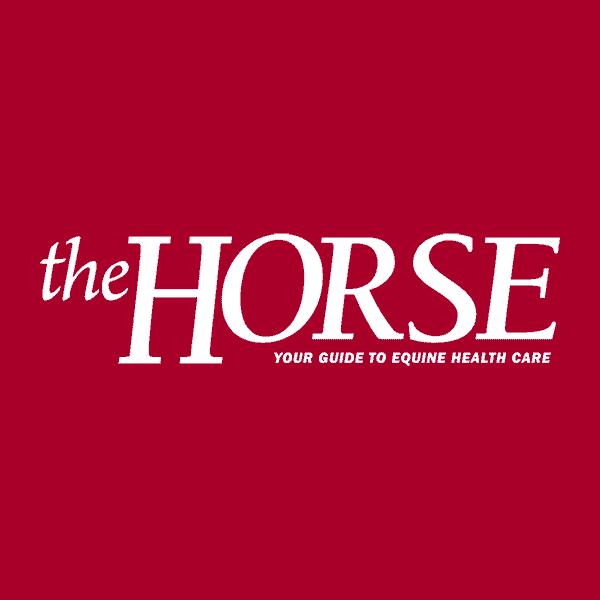Normal Horse Vital Signs and Health Indicators
- Topics: Horse Care, Vital Signs & Physical Exam
Normal Vital Signs


Tendons and ligaments are tough, strong bands of soft connective tissue—collagen-rich materials that hold various body structures together. Tendons connect muscles to bones, whereas ligaments connect bones to other bones. Heat or swelling in or surrounding these structures indicate injury. Learn More

While it’s difficult to define the “ideal” hoof, a horse’s feet should be balanced, with a straight hoof-pastern angle (a straight line down the front of the pastern and hoof wall); easy breakover (the toe is not too long and is squared, rounded, or rolled to allow easier movement); adequate heel support (if shod, the shoe extends to the end of the hoof wall to support the back of the leg to the heels); and a hairline (at the coronary band) that is level with the ground. Watch for a bounding digital pulse (the pulse as felt in the digital arteries at the back of the fetlock), which can indicate laminitis. Learn More

Listen to your horse’s gut sounds by placing your ear or, preferably, a stethoscope, against both sides of the abdomen, high and low. A healthy horse’s gut sounds should be gurgling, with gaslike growls, “tinkling” sounds (fluid), and occasional “roars.” Prolonged silence indicates an abnormality and could indicate colic. Learn More
| Adult | Newborn | |
|---|---|---|
| Temperature | 99-101°F (37.2-38.3°C) | 99.5-102.1°F (37.5-38.9°C) |
| Pulse | 28-44 beats per minute | 80-100 beats per minute |
| Respiration | 10-24 breaths per minute | 20-40 breaths per minute |
| Mucous membranes | Moist, healthy pink color | |
| Capillary refill time* | Two seconds or less | |
| Gut sounds | Gurgling, gaslike growls, “tinkling” sounds (fluid), and occasionally “roars” | |
Common Vital Sign Mistakes
- Not leaving the thermometer in long enough (false low temperature reading)
- Taking vital signs on a nervous horse (horses’ pulse and respiration rates can increase dramatically if they are nervous)
- Allowing the horse to sniff your hand to measure respiration rate (they will sniff far more quickly than their regular breathing rates)
- Double-counting heartbeats (lub-dub=one beat)
- Not regularly practicing on your horse to know what is normal!

Written by:
The Horse Staff
Related Articles
Stay on top of the most recent Horse Health news with











